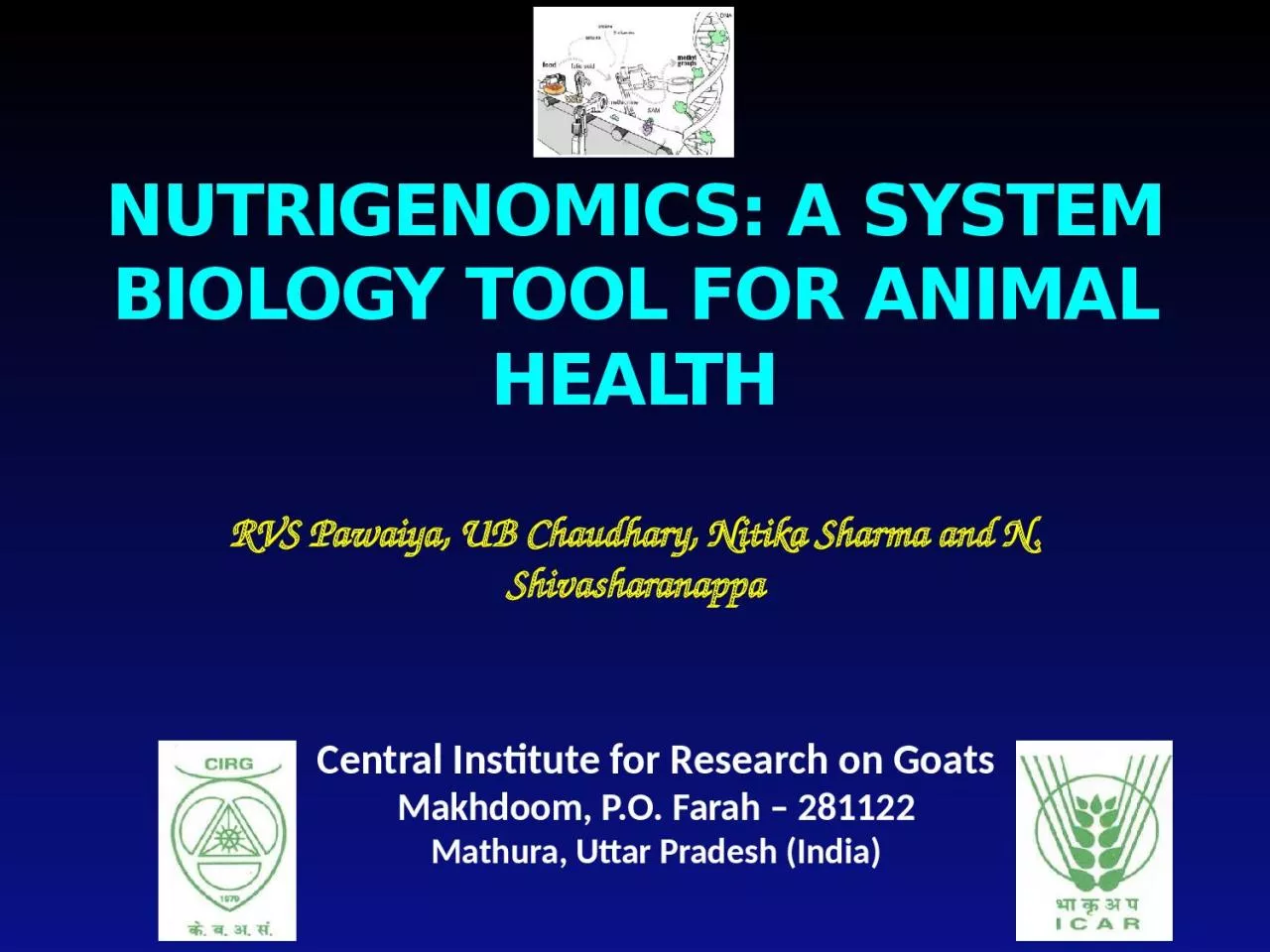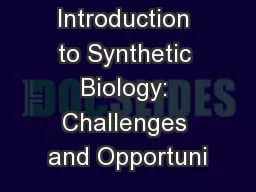PPT-NUTRIGENOMICS: A SYSTEM BIOLOGY TOOL FOR ANIMAL HEALTH
Author : molly | Published Date : 2022-06-15
RVS Pawaiya UB Chaudhary Nitika Sharma and N Shivasharanappa Central Institute for Research on Goats Makhdoom PO Farah 281122 Mathura Uttar Pradesh India The
Presentation Embed Code
Download Presentation
Download Presentation The PPT/PDF document "NUTRIGENOMICS: A SYSTEM BIOLOGY TOOL FOR..." is the property of its rightful owner. Permission is granted to download and print the materials on this website for personal, non-commercial use only, and to display it on your personal computer provided you do not modify the materials and that you retain all copyright notices contained in the materials. By downloading content from our website, you accept the terms of this agreement.
NUTRIGENOMICS: A SYSTEM BIOLOGY TOOL FOR ANIMAL HEALTH: Transcript
Download Rules Of Document
"NUTRIGENOMICS: A SYSTEM BIOLOGY TOOL FOR ANIMAL HEALTH"The content belongs to its owner. You may download and print it for personal use, without modification, and keep all copyright notices. By downloading, you agree to these terms.
Related Documents














